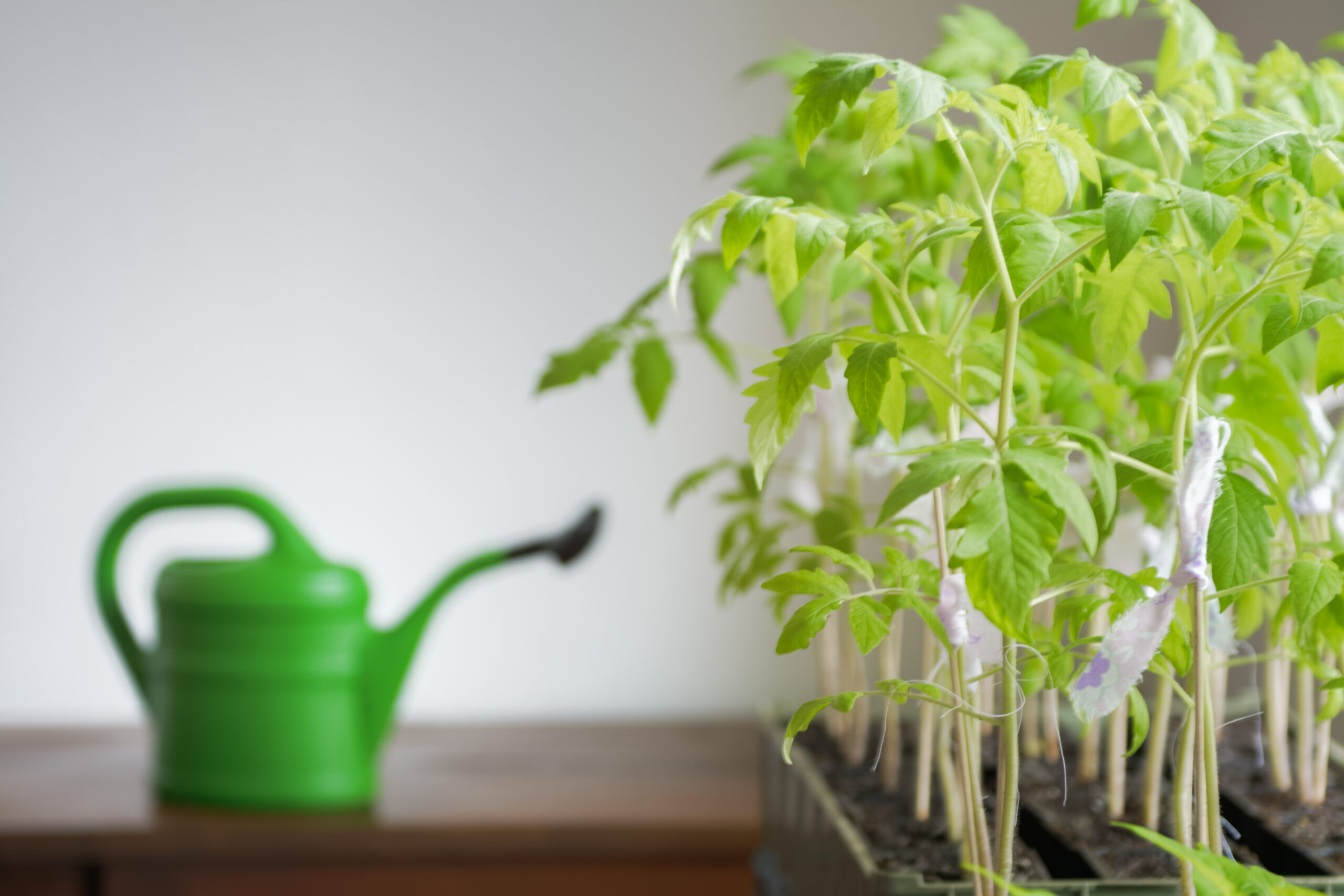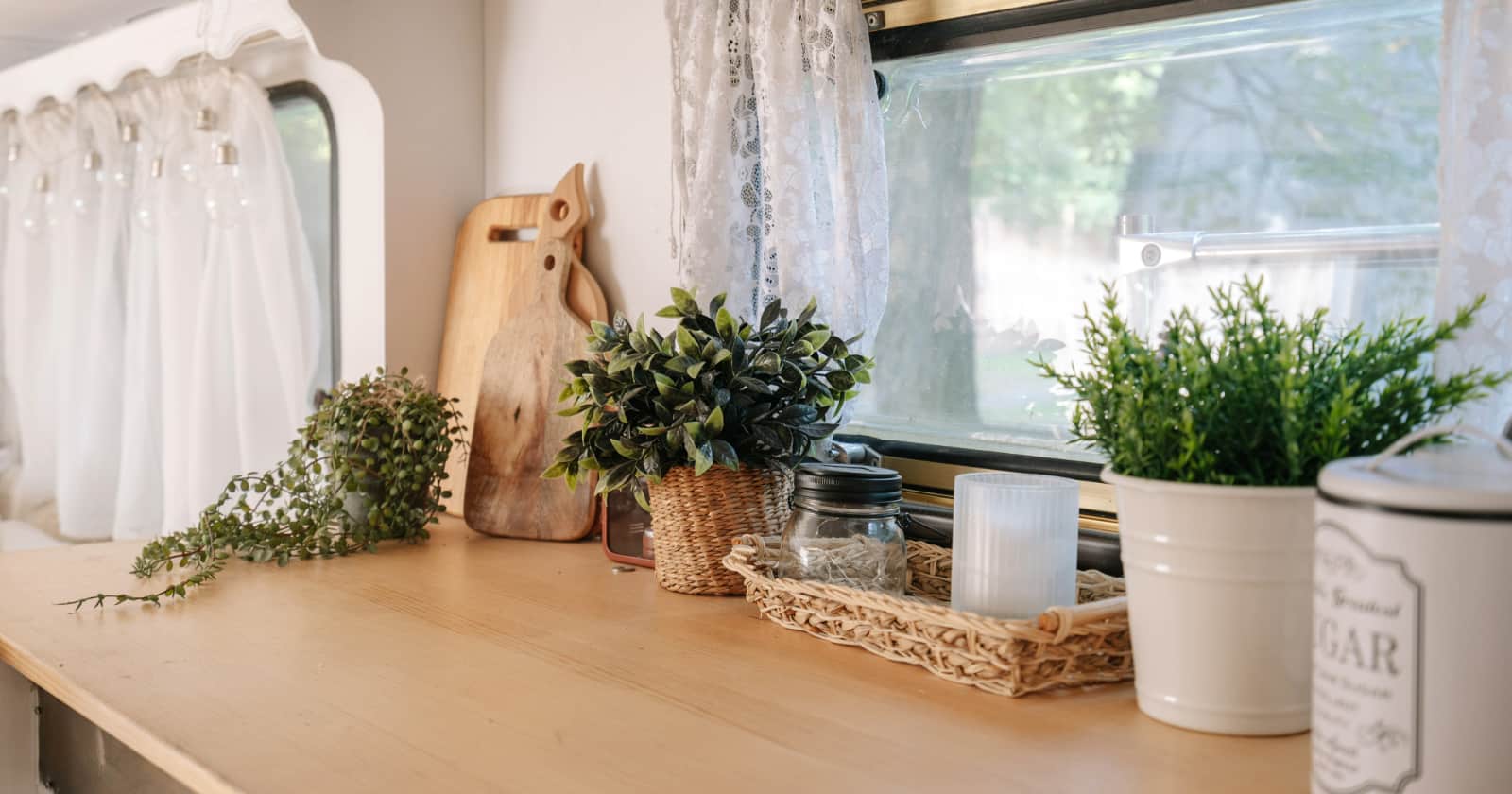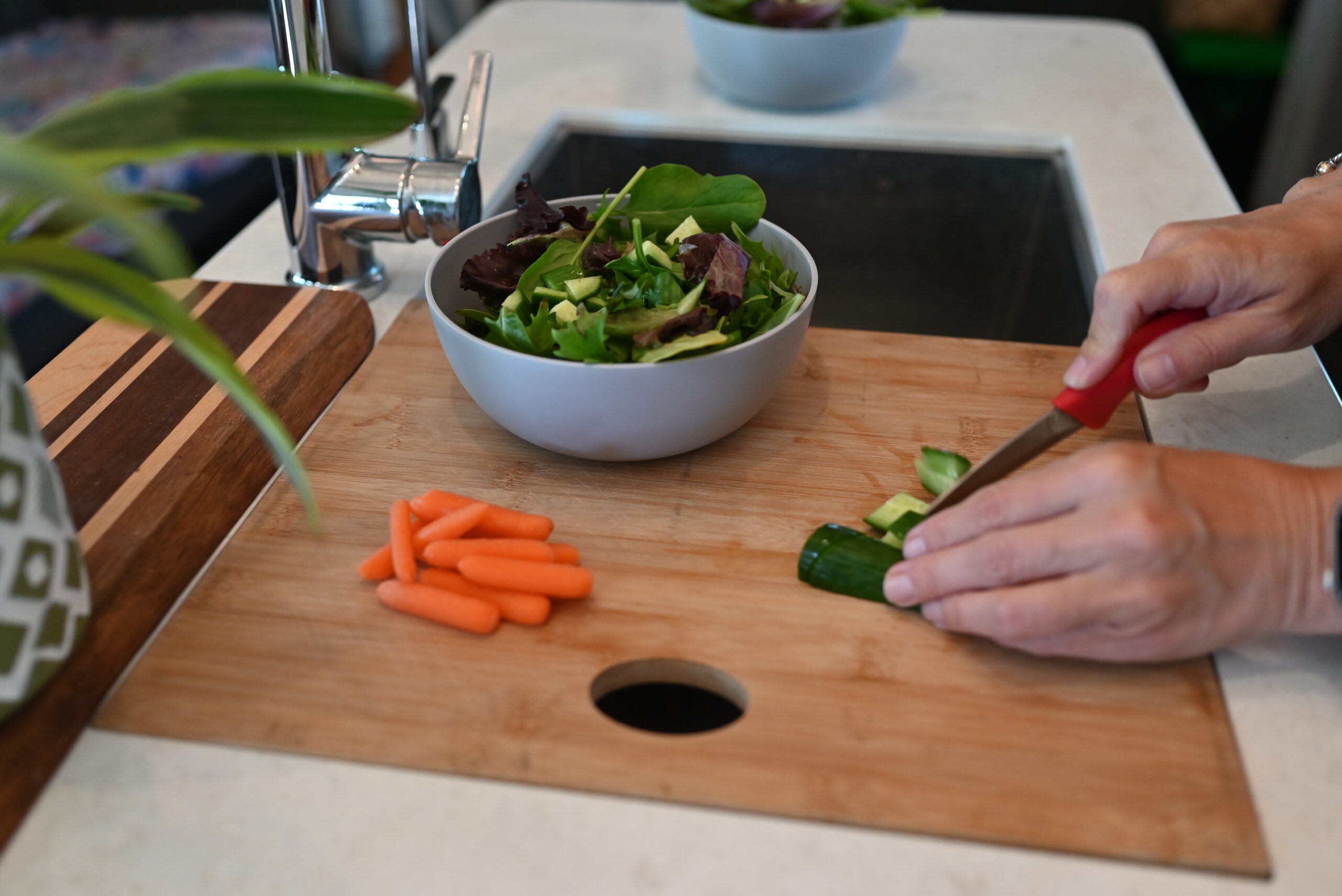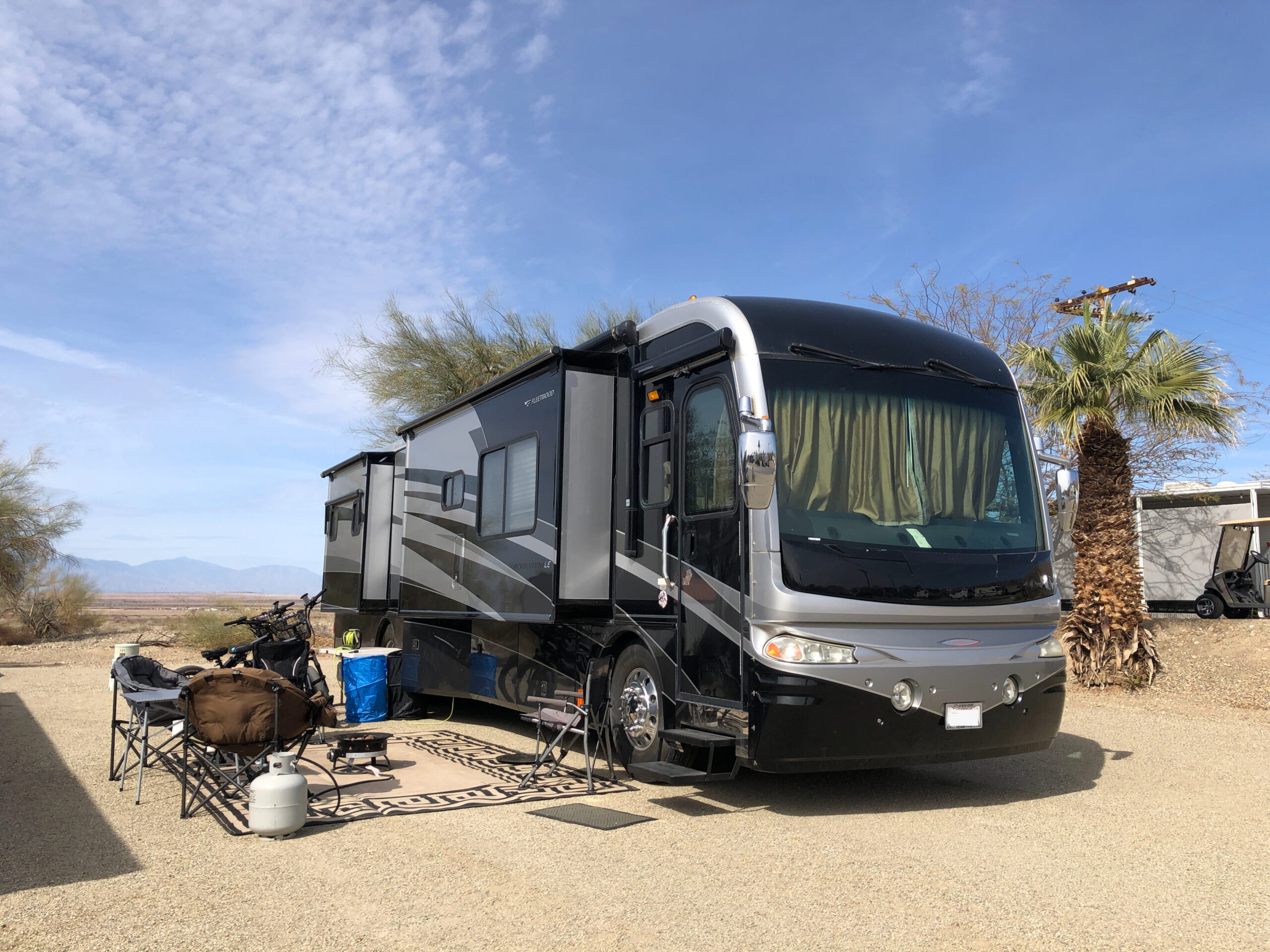
Learn How To Grow Tomatoes In Your Camper
It may sound impossible to grow a garden while you travel in an RV, but many people have been able to do so. There are several hardy herbs and plants that are capable of traveling with you (as long as you provide the proper care and conditions). If you want to know how to grow tomatoes in your RV, you’re in luck.
Most tomato varieties require a good amount of space to spread out, so you should make sure you have enough room to accommodate them. There are certainly easier plants to grow within an RV, but if your heart is set on growing a tomato plant, you can achieve your dream.
Fresh tomatoes are delicious and just don’t compare to their store-bought counterparts. They’re also wonderfully versatile and can be used for tons of different recipes. If you’d like to learn how to grow tomatoes and more in your RV, follow the steps below.
Find the right amount of space
First of all, remember that tomato plants can grow to be pretty large. There are plants that grow in a large bush, while others produce spreading vines that branch out to look for sunlight and extra space. If you’re dealing with the limited space of an RV, you’ll probably want to avoid vining tomato plants.
Bush tomatoes are more compact and will be easier to care for inside an RV. To begin, clear out a designated area for the plant. Try to ensure that it’s in a place where it won’t be easily stepped on or knocked over. Maybe you can try to find space on a table or countertop.
Note: Tomatoes are a member of the nightshade family, so their leaves, stems, and roots can be harmful if they’re ingested. As such, pets and children should be kept away from these plants.
Different tomato plants grow to different sizes, so you’ll want to buy seeds/sprouts of a variety that doesn’t grow too large. Consider buying dwarf tomato plants. These can usually be contained within a single pot without much overflow. Using stakes or a wrap-around trellis will provide support as the plant grows.
Speaking of different plant types, decide whether you’ll buy tomato seeds or plants that have already begun to grow. It’s often fun to grow a plant from seed, but pre-sprouted tomato plants are easier to work with. They will also produce fruit more quickly. Another option that is popular with RVers is the upside-down hanging tomato planter.
Provide plenty of light
Next up, there’s the matter of sunlight. Tomatoes thrive on lots of sunlight, so you’ll need to ensure that they get the proper amount inside your RV. These plants require between six to eight hours of full sunlight exposure in order to grow properly.
Try to position your plant close to an open window. Don’t lower the shades because this will dilute the sunlight that the plant needs. However, as the sunlight moves, you may need to move the plant to a new spot throughout the day to help it receive the light it requires. You should also rotate the pot regularly so that different areas of the plant will be exposed to sunlight.
You can also supplement your tomato plant’s growth with an artificial grow light. There are lots of great options for this, but the GooingTop LED Grow Light is an effective and popular choice. It’s handy because the light strength is adjustable, and you can bend the lamps to be closer or farther away as needed.
If you set the light too high above the plants, they may stretch themselves out and become weak. Try to keep the grow light one or two inches above the plant to prevent this. Turn the lights off at night to preserve a natural rhythm of light and darkness.
Use good soil
Using high-quality soil is also important when it comes to growing tomatoes. If you’re planting seeds, use a simple starter mix as the soil base. This will provide the nutrients that a budding plant needs. Tomatoes require soft, loamy soil in order to grow successfully. The pH should be slightly acidic or neutral for the best results (between six and seven is ideal).
Keep your eyes open for peat-based potting compost because this has the right texture and nutrient level. It also absorbs and retains water well, so your tomatoes will stay nice and hydrated.
After the first two weeks of growth, you can add some fertilizer to your plants. Use a fertilizer that is high in phosphorous because this is what young tomato seedlings really need. If possible, apply a slow-release fertilizer so you can get gradual absorption over time.
Different tomato varieties will require different pot sizes and soil amounts. In general, the pot should be at least one foot deep and one foot wide. Research the specific type you plant to provide the proper soil and container. Just make sure the container you choose has enough holes for water drainage.
Water regularly
Speaking of water, tomatoes need a lot of it! These are thirsty plants, especially if you keep them exposed to plenty of sunlight. They soak up plenty of water and will need more and more as they grow.
The general rule of thumb is that you should keep the soil damp but not soggy. Once the top inch of soil feels dry, it’s time to water again. Many varieties will need to be watered daily, but you should monitor your soil and plant growth to adapt your watering schedule.
As mentioned above, your tomato container should have plenty of holes in it so that excess water can drain out. If the water is trapped at the bottom, you can drown the roots of your plants. This will cause the roots to rot and the plant to wither.
Signs of overwatering include yellow leaves, moldy soil, and tomatoes that have split or cracked.
Keep the plant secure while driving
Next up, you need to keep the plant safe while the RV is in motion. If the pot often tips over, the soil can spill and the plant can become damaged. Plus, you’ll want to keep it locked in place so it can get the sunlight it needs throughout the day.
For starters, you can try to stick the tomato pot in place with non-slip liners or other adhesives. These will do the trick for gentle drives but may not be strong enough when you make tight turns or drive on rough roads.
If you want to really lock the plant into place, screw the container down before you plant anything. This will ensure that the container won’t go anywhere. However, it’s hard to reverse once it’s done, so make sure you’re really committed to this idea before you do it.
Finally, you can attach the tomato container to your windowsill. There are plenty of window planters that will keep it secure, even if the RV is in motion.
Move outside when possible
It’s certainly possible to grow tomatoes indoors or inside an RV. However, it can be complicated and requires more work than outdoor plants do. If you’re having trouble getting your plant enough light, try to move it outside as much as possible.
If you set up a long-term campsite somewhere, transport the tomato plant outside and place it in a nice, sunny area. This will also make watering and cleanup a less messy process. You can bring it inside overnight, but tomatoes often prefer outdoor conditions when possible.
If you own a home, you can also keep tomatoes in a home garden and have neighbors care for them when you’re on your RV trips. It all depends on your preferences and care capabilities. If you really want to grow a tomato inside your vehicle, it’s an achievable goal.
One of the best parts about RVing is engaging with the community of traveling enthusiasts. iRV2 forums allow folks to chat with other RVers online, and get other perspectives on everything RVing, including products, destinations, RV mods, and more.
Related articles:



